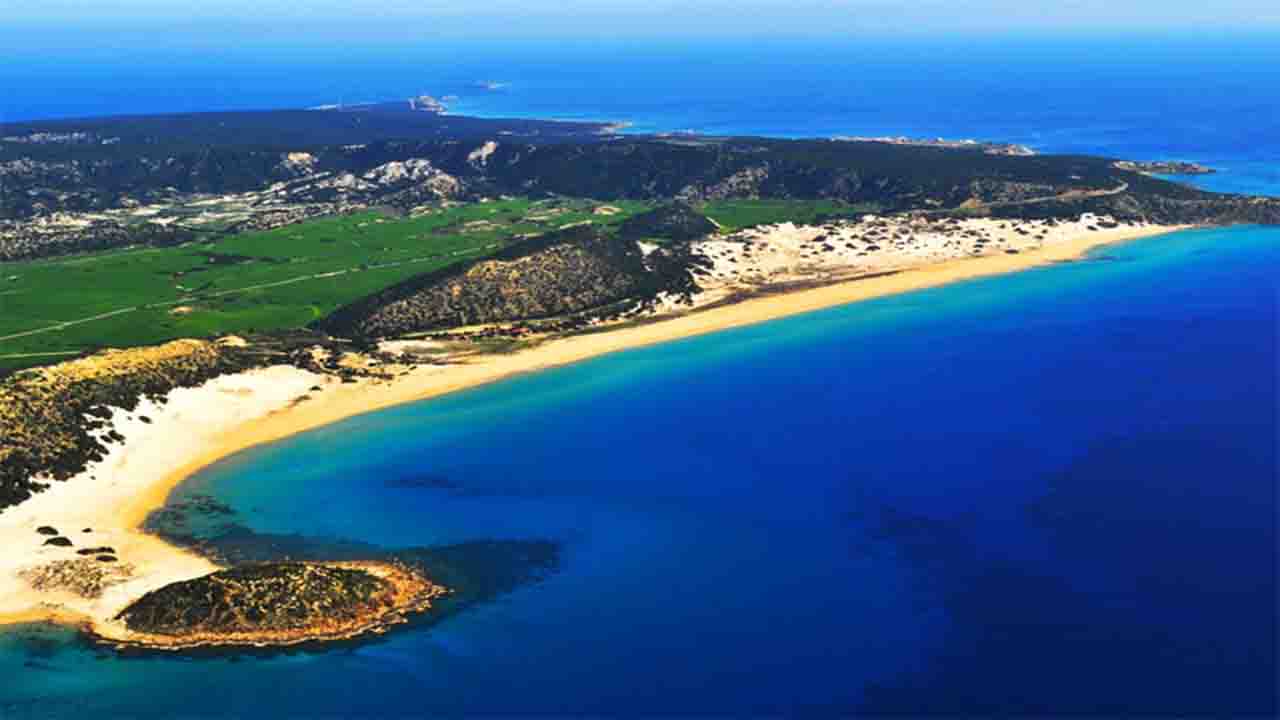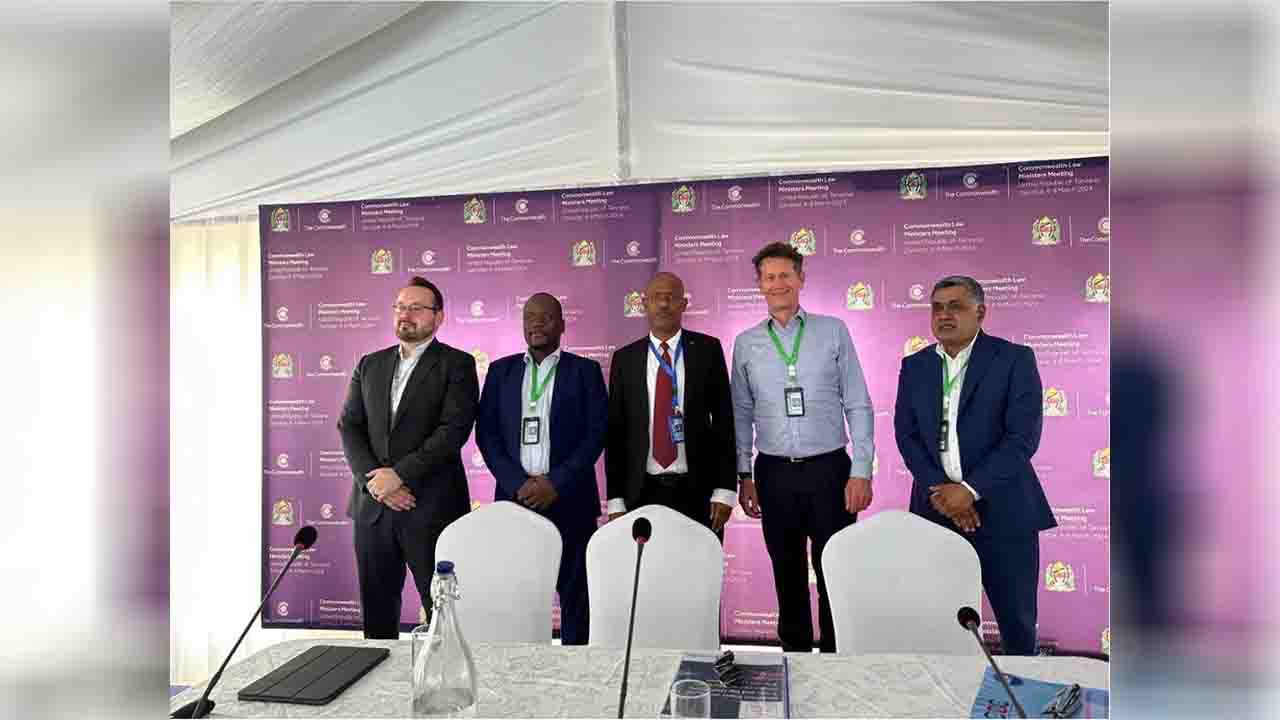Russia is the larger neighbor to the Caucasus region and maintains de facto law and order during occasional skirmishes in the region, which lies on ancient religious and tribal fault lines between East & West. Although trade volumes are not huge, the geopolitical situation has become of greater interest as the three main Caucasus nations form part of an alternative East-West supply chain to the Southern EU. Increasing development of supply chains, joint-venture manufacturing, and multi-modal operations to service export markets throughout the European and Asian regions can be expected to develop in the Caucasus.

Georgia

Russia has an uneasy relationship with Georgia, with whom it fought a brief war in 1992 over the breakaway region of Abkhazia. Georgia and Abkhazia are distinctly separate in terms of ethnicity and culture, but were placed together as part of Georgia by Stalin. Come the breakup of the USSR, regional tensions rose to the surface and conflict between Georgians and Abkhazians broke out, with the Georgian side allegedly committing atrocities including the burning of Abkhazian historical records and ethnic cleansing. Russia sent in the military to quell the conflict and continued to travel well into Georgia, including the capital Tbilisi, upon which inflicted damage and withdrew, prior to later placing Abkhazia under Russian control and support, where it remains to this day. The Abkhazia issue aside, Georgia does trade with Russia as part of the Commonwealth of Independent States, with Georgian foods and wines being highly prized in Russia. Bilateral trade reached US$1.5 billion in 2020, with mainly energy resources being exported from Russia to Georgia and agricultural products making the reverse journey.
Georgia has made overtures to both the European Union and NATO in the past as concerns membership, but it is highly unlikely given the situation in Ukraine that Georgian politicians would want to provoke Moscow in this manner at this moment. Georgian exports to Russia have risen from a low of US$180 million at the time of the annexation of Crimea to over US$605 million in 2021.
Chinese manufacturers have been active in Georgia with an eye on the countries access to EU markets, and especially in automotive and EV technologies. It is possible that some of that Georgian production could now be expanded for the Russian market given the pull-out of Western auto manufacturers from the Russian market.
Europe is also investing in Georgia as a transit point for incoming goods. PM Terminals, a unit of Danish Maersk shipping company, plans to build a new terminal at Poti Sea Port in Georgia, with construction expected to start later this year 2022 with completion in 2024. The terminal will be located on the previous shipbuilding plant in Poti, in the waters of the new port on an area of 25 hectares, able to handle cargo throughput of 50 million tonnes and two million twenty-foot equivalent units (TEUs) per year, upon completion. It will service inbound goods from Asia to the European Union ports in Bulgaria and Romania.
Armenia

Armenia is a member of both the Commonwealth of Independent States (CIS) and the Eurasian Economic Union (EAEU). The difference is that the CIS grouping operates on a bilateral trade agreement basis between members whereas the EAEU is a free trade bloc with FTA commonality.
Armenia-Russia trade volumes reached US$2.1 billion in 2020, with Russia exporting energy, wheat and logistics related services, and Armenia exporting mainly agricultural based products, including large quantities of Armenian Brandy, a sought-after premium liquor in Russia. Armenia’s position in 2020 changed as a result of an ill-advised conflict with neighboring Azerbaijan concerning the long-disputed region of Nagorno-Karabakh, which resulted in casualties of about 8,000 killed. Russia, along with Turkey and Iran, helped broker a peace deal although the situation remains flammable yet is slowly settling down.
However, Armenia has a role to play in China’s Belt And Road Initiative and can function as a corridor in cooperation with Azerbaijan, a geographical opportunity now being reluctantly accepted. To this end, Armenia is a partner with Azerbaijan in the creation of the Trans-Nakhchivan railway spur from the International North-South Transport Corridor with links through to Iran and transit access to both the Persian Gulf and South Asia in addition to Turkey and Southern Europe. To bolster that cooperation, both Armenia and Azerbaijan are to be considered for observer partner status at the Shanghai Cooperation Organisation which should add another dispute prevention layer as well as hasten Caucasian transportation supply chains as part of the southern supply chains via the INSTC as an alternative to the Suez Canal and the currently sanctioned Northern Russian and Belarussian Ports to Europe.
Azerbaijan

Azerbaijan is a member of the Commonweath of Independent States (CIS) and an important component part of the INSTC – its Baku Port connects with Iran’s northern Caspian Sea ports with connections from south Iranian ports to East Africa, the Middle East, India, and South Asia. It is also connected east via maritime routes to strategic BRI routes via Kazakhstan’s Aqtau and Turkmenistan’s Turkmenbashi Port, the latter of which has the potential to reach Uzbekistan and into Afghanistan. To the north, Baku is linked to Russia’s Lagan and Astrakhan ports, also capable of reaching other Caspian Sea Ports.
Bilateral trade is currently dominated by the industrial energy sector, with trade reaching US$3 billion in 2021, the highest of all of Russian’s bilateral trade volumes in the Caucasus. Bilateral trade is focused mainly on the energy sector, with Azerbaijan exporting about US$900 million in goods to Russia, with some trade in agricultural produce. Russia exported about US$2.1 billion of products to Azerbaijan.
Russia is keen to see that develop, and especially the Caspian Sea corridors to Central Asia, China, and South Asia.
Russia’s Deputy Prime Minister Alexei Overchuk stated at this years “Current state and prospects of Russian-Azerbaijani relations in the context of integrated processes” conference in Baku, that active work is now underway to unblock transport communications in the South Caucasus.
Russia needs to open up new supply chain routes in the wake of the massive wave of sanctions that has enveloped much of its European potential and start to improve transport and logistics to the East. That includes routes from Russia and the Caucasus, no easy feat in that the significant Caucasus mountain ranges divide the two regions.
Overchuk said that “This refers to the prospects of Russian-Azerbaijani relations in the context of the integration of economic processes. Active work is underway to unblock transport communications. We would like to talk about the potential that the integration processes that are taking place in Eurasia carry.
Speaking about international relations, we mean a Macro Region. We see what processes are going on in North America, Southeast Asia, we follow the processes of implementing the Chinese Belt and Road Initiative. In fact, little is said about integration into the Eurasian economic zone. Now we need to develop and do everything possible to strengthen regional relations. Strengthening relations according to the formula of individual countries lead to the concept of multi-level integration,” he said. “We are moving along the path of economic integration. Today we see that the region is turning into a Macro Region, a single cooperation in the production and delivery of goods is being established. Today we are working to create a space for working citizens and the transportation of goods. The aggregate GDP of the EAEU countries amounted to US$1.3 trillion, trade between the member countries of the organization – US$55 billion. There is outstripping growth in trade.”
Egypt

Suez
Russia’s developments in the Caucasus region are sure to lead to disputes with the European Union, who are now also reliant on the area to access goods shipped from Asia via both Kazakhstan and the Iranian INSTC. Geopolitical control over the Caucasus revolves around Russia, Turkey, the EU and to some degree, Iran. With the exception of the EU, none are especially well disposed towards the West, and the United States in particular. Yet it will be in the EU’s interests to foster good relations as disruptions to Caucasus supply chains will mean that Europe will have to rely instead exclusively on the Suez Canal, where China and Russia also have superior geopolitical relations, and especially with Egypt. Both also maintain military naval bases in the Suez canal region, China in Djibouti, and Russia at Port Sudan.
The EU and China are working together on Caucasus routes, with Europe’s ERB and China’s AIIB jointly financing rail between Turkey and Bulgaria. While the loss of access to Asia via Russia can be absorbed after time, just two more access points exist – the Caucasus and Suez. The geopolitical realization of that, and both Chinese and Russian existing relations means the EU has a lot to do to repair damage and ensure routes are not just maintained, but developed. That will mean negotiations with both Beijing, Istanbul, and Moscow.

This report was extracted from the current issue of AIR magazine, ‘Russia’s Pivot To Asia’. That can be downloaded on a pay-what-you-want basis here
Proceeds are being donated to Ukrainian children’s charities.
















